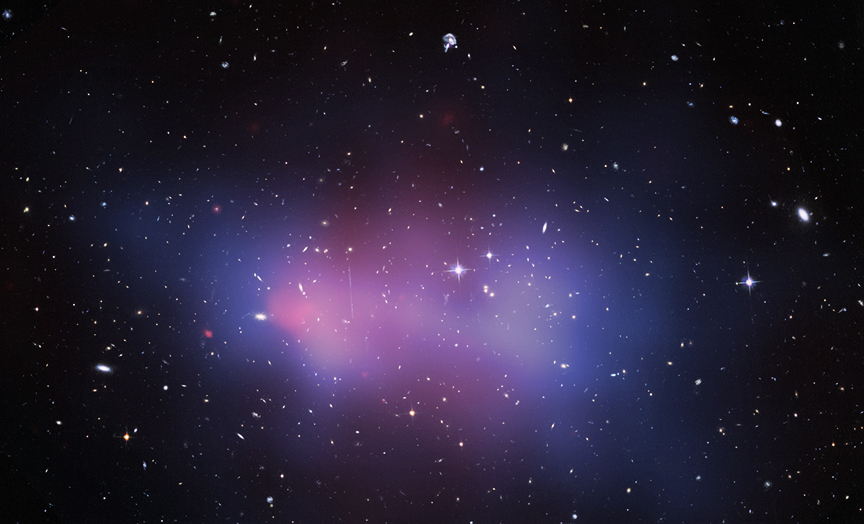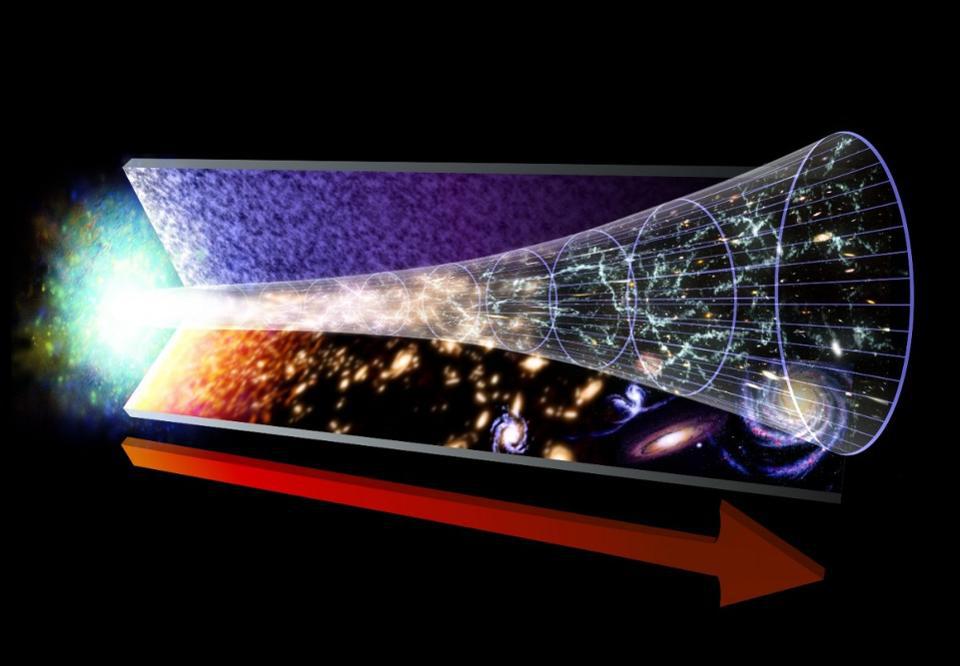Where did the Universe come from?
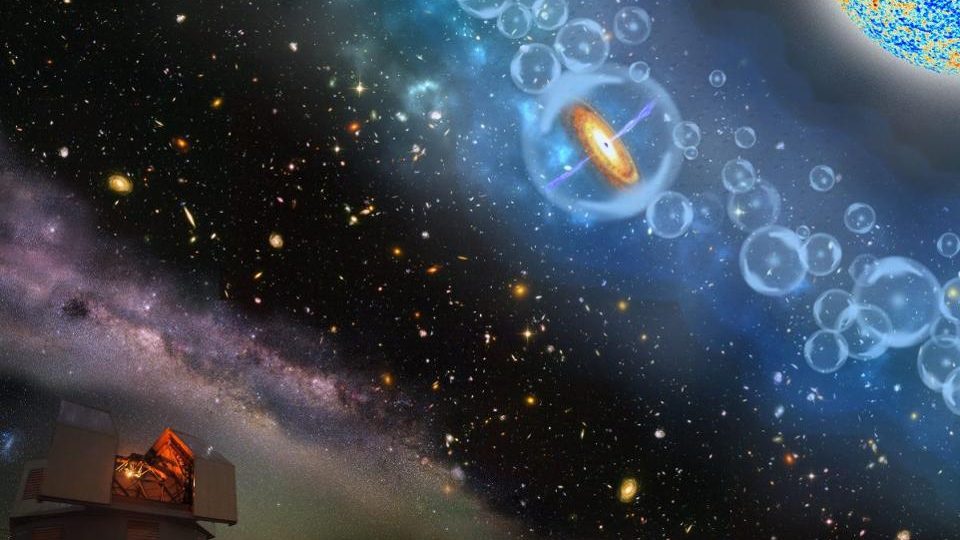
- Perhaps the biggest question of all that we’re capable of conceiving is about our ultimate origins: where did all this come from?
- From examining the Universe itself, we can uncover the answer to many aspects of this question: where the planets, stars, elements, atoms, and even the Big Bang came from.
- But the farther back we go, we find we run into an inevitable problem: the Universe cannot provide answers beyond a certain point. What we make of that is up to us.
Of all the questions we can conceive of about the Universe, perhaps the grandest one of all is to ask where it all came from in the first place? This isn’t an easy question, because in order to understand where something came from, we have to first know precisely what it is. Similarly, we also have to understand the laws of physics well enough to be able to calculate the outcome of a physical system that begins with a specific set of initial conditions. Only from those starting points can we identify the possible avenues for how things got to be the way they are today, and to figure out which ones make predictions that agree with the Universe we inhabit.
However, the remarkable thing about considering this is the following: no matter when in the past or the future we would’ve asked this question, taking a scientific approach to it would always yield the same cosmic story. Today, we’ve pushed the frontiers back incredibly far, having identified the origin of the planets, stars, elements, atoms, and more. We’ve discovered overwhelming evidence for the hot Big Bang, and even information that takes us before that stupendous instant of creation. Despite all we know, there are some epic unknowns that have no solution at present. Here’s where we are today.
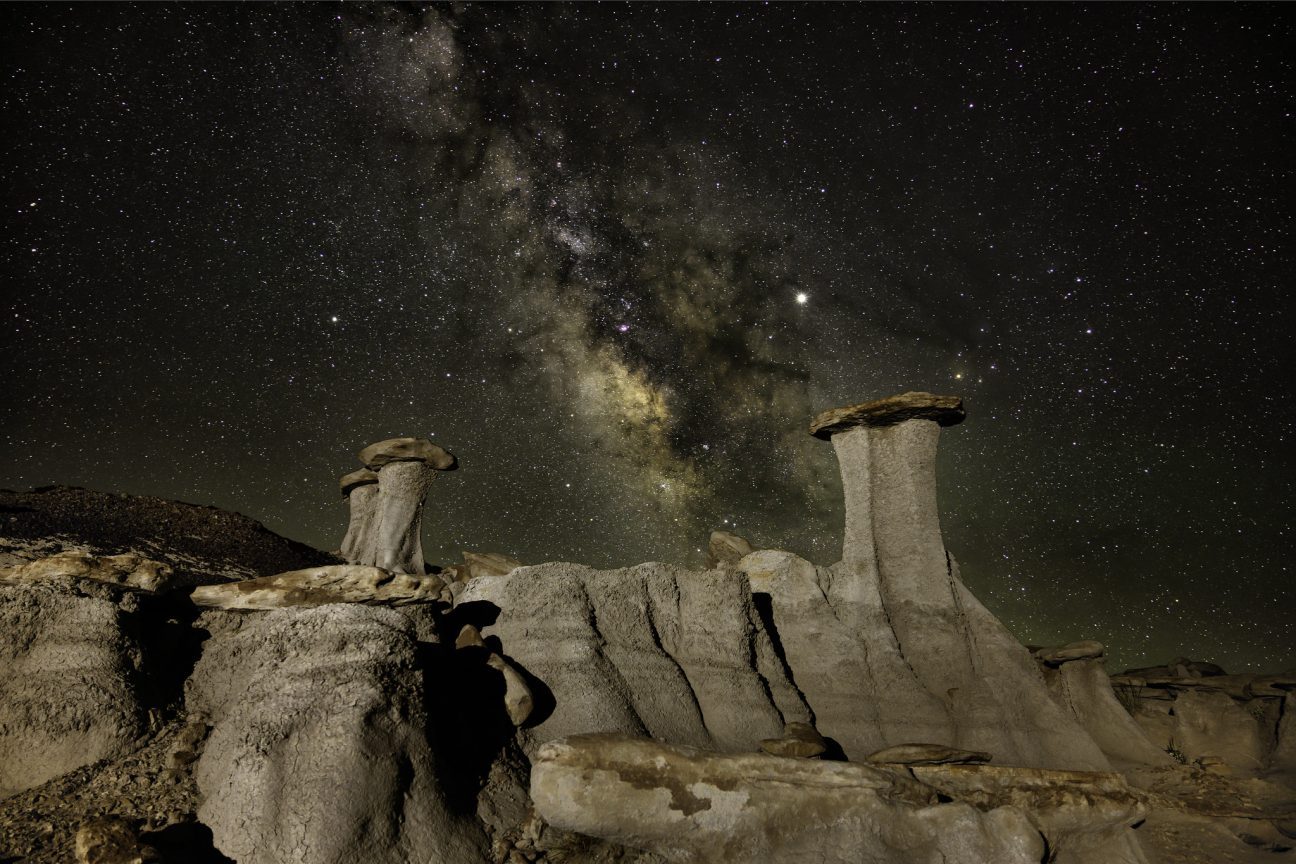
Today, when we look out at the Universe beyond the limits of our Earth, a glorious and fairly comprehensive picture emerges. We know that our planet, like every other planet in the Universe, is made of atoms. A gaseous atmosphere shrouds a solid center, which consists of the densest, heaviest atoms. Lighter layers float atop the denser ones, leading to an onion-like compositional structure for every planet, dwarf planet, and moon sufficiently investigated so far.
Planets both float freely through the galaxy and also orbit stars, which fuse lighter elements into heavier ones in their cores. When a star runs out of fuel, its core contracts and heats up. If it gets hot and dense enough, the next set of elements in the chain will continue to fuse; otherwise, the star transitions into a stellar remnant: gently in some cases and cataclysmically in others.
On larger scales, the stars are grouped together into larger assemblages known as galaxies, with galaxies clumping together into groups, clusters, and even larger superstructures. All together, they form a structure known as the cosmic web, where galaxies are aligned along filaments, clustered together at the nexuses of those filaments, and where that structure is separated by great, empty, cosmic voids.
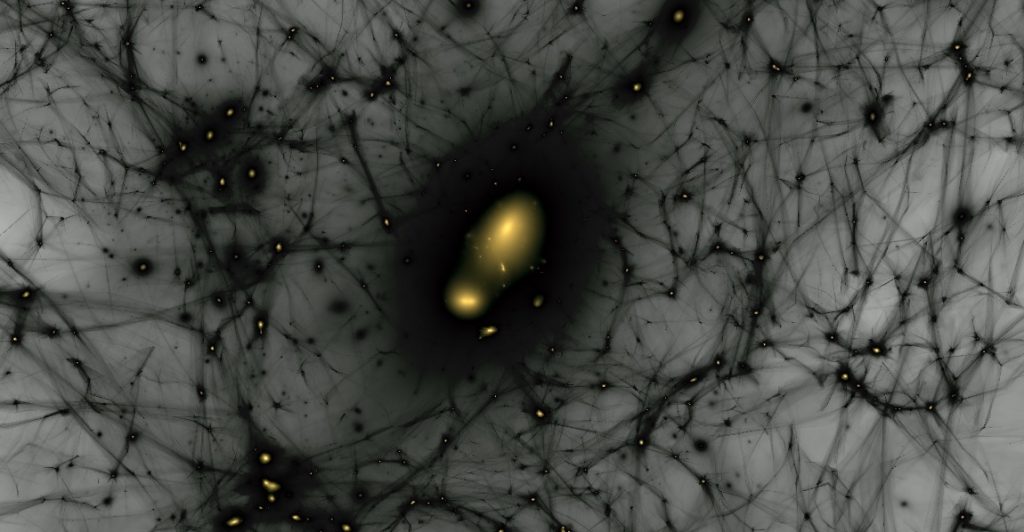
That’s what the Universe is. However, if we want to know how it got to be that way, we have to apply the laws of physics to the Universe, and follow the evolution of the physical systems that we know exist. For instance:
- We know how gravitation works; we have the laws of General Relativity that govern it, so wherever you have mass or energy, you have the phenomenon of gravitation.
- We know how electromagnetism works; wherever you have an electrically charged object, whether moving or at rest, or an electromagnetic wave (i.e., a photon), the electromagnetic force comes into play.
- We know how the nuclear forces work, including how quarks and gluons bind together to make protons and neutrons, how protons and neutrons bind together to make atomic nuclei, and how unstable nuclei (as well as other combinations of quarks and/or antiquarks besides protons and neutrons) radioactively decay.
- And we know how to time-evolve any physical system that we start off with.
Put simply, if you give a physicist a set of initial conditions that describe your system, they can write down equations that govern the evolution of that system, and can tell you — to the limits of the uncertainty and indeterminism inherent to nature — what the outcome (or probabilistic set of outcomes) of that system will be at any point in the future.

So where did it all come from, then?
It makes sense to start with Earth: teeming with complex, differentiated, and even intelligent life, with an atmosphere, oceans, and a layered interior with a crust, mantle, and outer and inner core. At a simple level, Earth is made up of atoms. At a more complex level, however, Earth is made of the full suite of atoms that comprise the periodic table, and primarily of iron, oxygen, silicon, magnesium, sulfur, nickel, calcium, and aluminum.
This is interesting, because these are overwhelmingly heavy elements, as opposed to the lightest ones: hydrogen and helium. But hydrogen and helium, when we examine the cosmos, are everywhere. In fact, they’re so abundant that they make up over 99% of the atoms in the Universe; fewer than 1% of the atoms out there, by number, are anything heavier.
So in order to make a planet like Earth — made out of rocks, metals, ices, and complex molecules — you need to have some way to create these heavier elements, and then to gather them together in one place in sufficient abundances in order to form planets. Fortunately, when we look out into the Universe, we see the very processes that are required for this to occur in action.
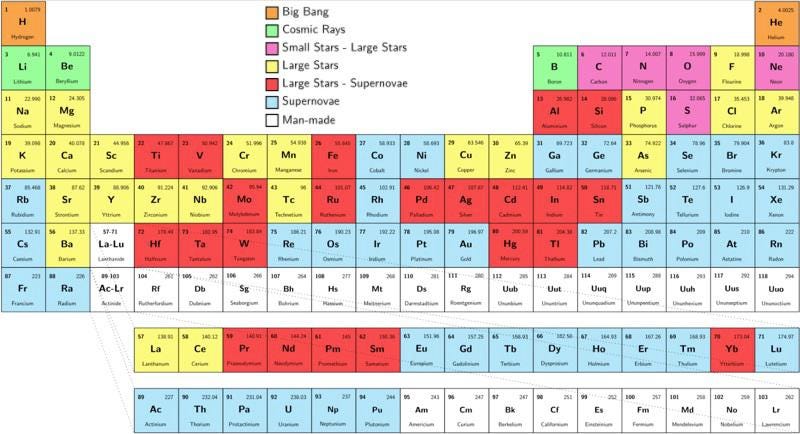
Inside stars, nuclear fusion occurs, building heavier elements up from lighter ones. Toward the ends of their lives, these stars, depending on their masses:
- become red giants, giving rise to novel nuclear processes that don’t occur during most of their lives,
- develop strong winds, which can blow off significant fractions of the star’s mass,
- can die in a planetary nebula, with the remnant core shrinking down to a white dwarf,
- can die in a core-collapse supernova, with the imploding remnant becoming either a neutron star or a black hole,
- and those remnants, either white dwarfs or neutron stars, can later collide, triggering runaway reactions that create still greater abundances of heavier elements.
This explains why — consistent with observations — we can find populations of stars where fewer generations have formed previously, like in the Milky Way’s outer halo, and they have lower abundances of heavy elements. Similarly, there are populations of stars where greater numbers of generations of stars have formed, such as in the galactic plane closer in toward the galactic center, and they have higher abundances of heavy elements.
Additionally, we’ve recently directly imaged the disks that form around new stars: protoplanetary disks. Inside, we find gaps, clumps, and other evidence of the existence of young, newly forming planets. After generations of stars that lived-and-died, a new generation of stars, rich in recycled materials from previously dead generations, gave rise to planets, including rocky ones with the ingredients for life.
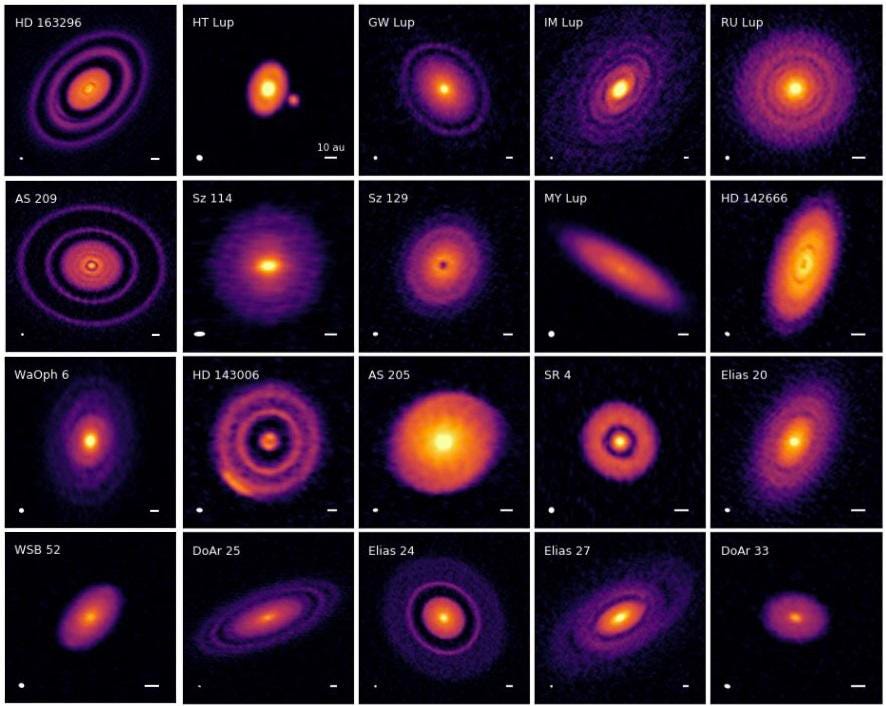
In fact, as we look farther back into the distant Universe, we can see that it isn’t just the abundances of heavy elements that evolve, but the galaxies themselves. Nearby, we find large spiral and elliptical galaxies, heavily grouped and clustered together, with low star-formation rates, large masses, relatively low amounts of gas, and greater proportions of red stars than blue stars, overall. But as we look farther and farther away, we notice two primary differences in the galaxies we see.
- The farther away a galaxy is, the less evolved it is. Less massive, less clustered, with star-formation that peaked some ~11 billion years ago and has been declining ever since, gas rich, with lower abundances of heavy elements, and with a greater relative abundance of blue stars to red compared to present-day galaxies.
- Additionally, the farther away a galaxy is, the more severely its light is systematically shifted toward longer wavelengths: a cosmological redshift.
The second property, when you fold in General Relativity, leads us to the conclusion that the Universe is expanding. The expansion causes all light to exhibit a cosmological redshift as it travels through intergalactic space, so objects that are farther and farther away will possess a larger redshift, will appear to be moving away from us more quickly, and — perhaps most importantly — we’ll be seeing them as they were a longer period of time ago, since light can only travel at a finite speed: the speed of light.
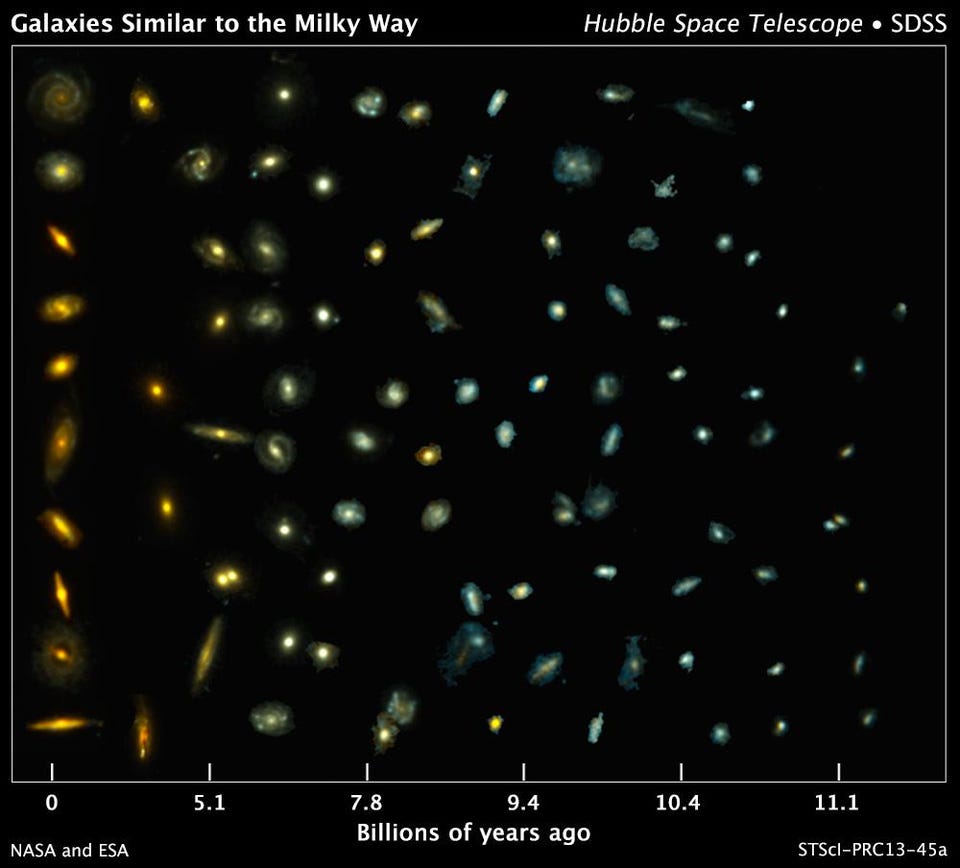
But the fact that galaxies grow and evolve over time indicates something quite profound: that if we can look back early enough, we might find a population of the “first” stars and galaxies, and beyond that, no stars or galaxies at all. If the Universe is:
- expanding,
- cooling,
- and becoming gravitationally “clumpier” over time,
then that tells us that, early on, the Universe was smaller, denser, hotter, and more uniform than it is today. We can extrapolate things back, using this logic and applying the appropriate physics, as far as we care to go.
When we do, we arrive at an extraordinary set of predictions.
- The Universe will only develop structures, like galaxies, galaxy clusters, and the cosmic web, according to the rules of gravitational growth in an expanding Universe.
- There will be an epoch where the first stars and galaxies form; before that, there will only be pristine gas.
- Before even that, there will come a time where the radiation in the Universe was so hot that the formation of neutral atoms would have been impossible, and so there should be a sign from when we formed stable, neutral atoms for the first time.
- And finally, at even earlier times, it would have been too hot to form stable atomic nuclei, and so when we cool through that threshold, we should wind up with a specific set of abundances for the elements that form from fusion reactions in the early Universe.
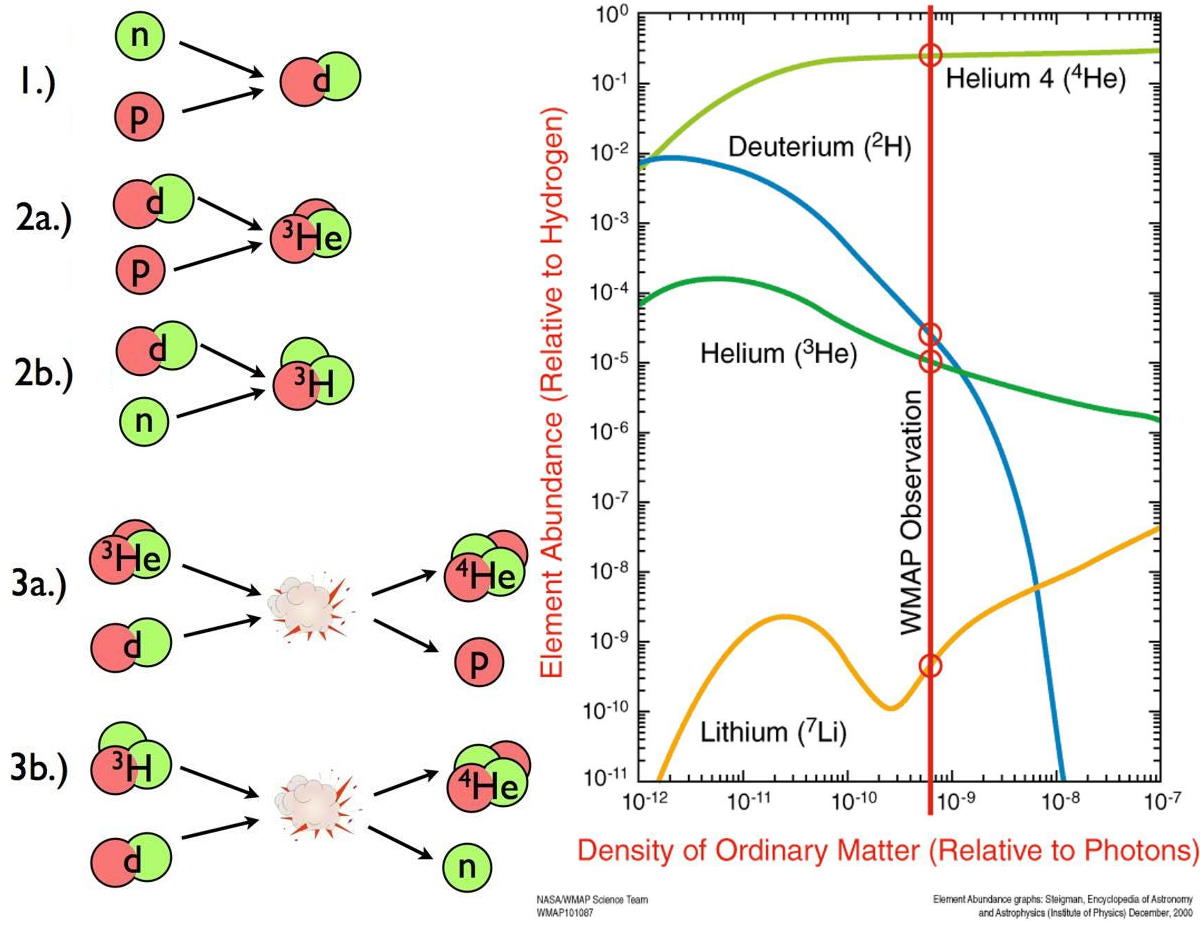
These predictions have all been verified, along with an impressive number of others. We found a leftover background of microwave radiation just 2.725 K above absolute zero: consistent with the expected afterglow of a hot Big Bang. We’ve detected evidence for the first pristine clouds of gas, and find that they’re composed exclusively of hydrogen, helium, and a tiny amount of lithium. We’ve even indirectly detected the predicted leftover background of neutrinos and antineutrinos from their imprint on both the large-scale structure of the Universe and the temperature imperfections in the cosmic microwave background.
And we know, based on the observed facts of the Universe, that it must have been born with the seeds of what would become its large-scale structure: an initial spectrum of overdense and underdense regions.
What could have created those initial overdensities and underdensities? That’s the brilliance of the theory of cosmic inflation. Not only would this be a mechanism for generating those seed fluctuations, and not only would inflation explain the Universe’s already-observed properties (same temperature everywhere, spatial flatness, large-scale homogeneity, etc.), but it would make new predictions as to what those fluctuations ought to look like.
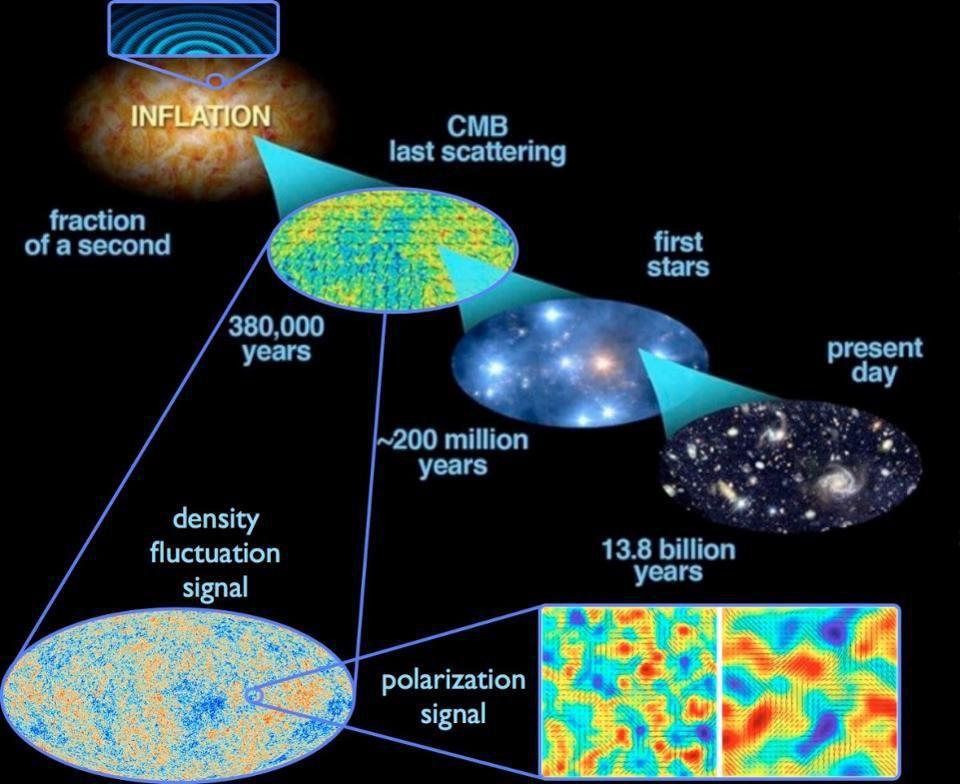
Cosmic inflation posits that, prior to the hot Big Bang, where matter and radiation filled the hot, dense, largely uniform and rapidly expanding Universe, the Universe was instead completely empty. Only, instead of having no energy in it (or a very small amount, as in the case of today’s dark energy), it possessed a tremendous amount of energy inherent to the fabric of space. As the Universe expands, more space is created, and so the energy density remains constant. As a result, the Universe gets imprinted with the same properties everywhere, it gets stretched so that its curvature is flat, and the quantum fluctuations that normally pervade all of space on tiny scales instead get stretched, by inflation, to great cosmic ones.
According to the theory of inflation, those fluctuations should create the seeds of the structure we have today, and they would have possessed the properties of being:
- of almost the same magnitude on all scales,
- generated on scales larger than the cosmic horizon (i.e., larger scales than light could have traveled since the start of the hot Big Bang),
- 100% adiabatic (of constant entropy) and 0% isocurvature (of constant spatial curvature),
and it also predicts that the properties of the Big Bang’s leftover glow should indicate a maximum temperature for the hot Big Bang that’s substantially lower than the maximum possible temperature: the Planck temperature.
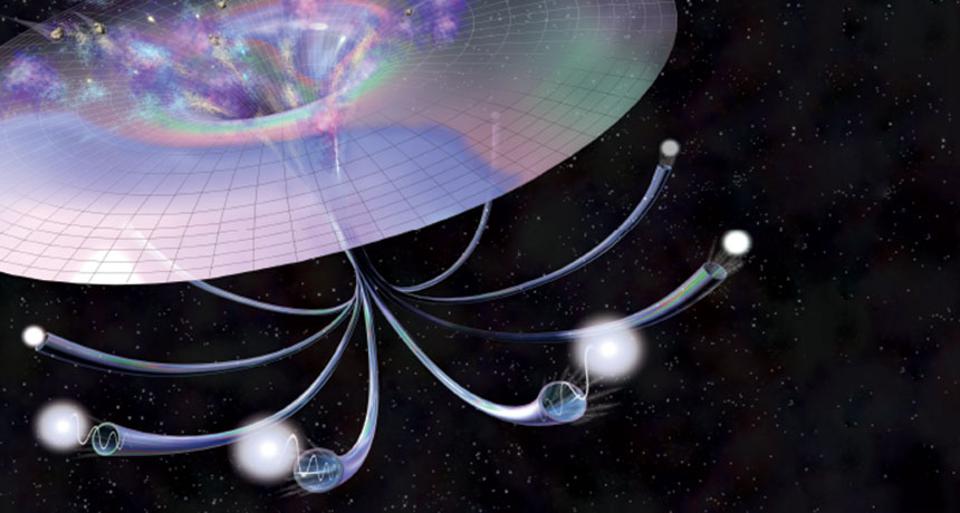
Unfortunately, that’s as far back as we can go with the understanding of the Universe that we have today. Because of the nature of inflation, it by necessity wipes out any information that existed in the Universe before it happened. In fact, we can only ever hope to access what occurred during the final ~10-32 seconds or so of inflation; anything that occurred earlier will be inaccessible to us from here in our Universe. Although we can state with confidence where our observable Universe came from, and explain the origin of a great many phenomena within it, the questions of where things like space, time, energy, or the laws of physics came from in the first place, or whether they even began at all, remain unanswered.
Despite all that we know, we can be certain that all we ever will know is finite. There are a finite number of particles, encoding a finite amount of information, that have existed for a finite amount of time within our visible Universe. While questions like why our Universe is filled with matter and not antimatter, why we have dark matter and dark energy, and why the constants of nature have the values they do may someday be answered, there is no guarantee that what remains in the Universe, today, gives us sufficient information to find the answers. Whether we’ll ever answer these questions remains unknown, but the instant we decide we can’t and give up the search, we’ll be right.

